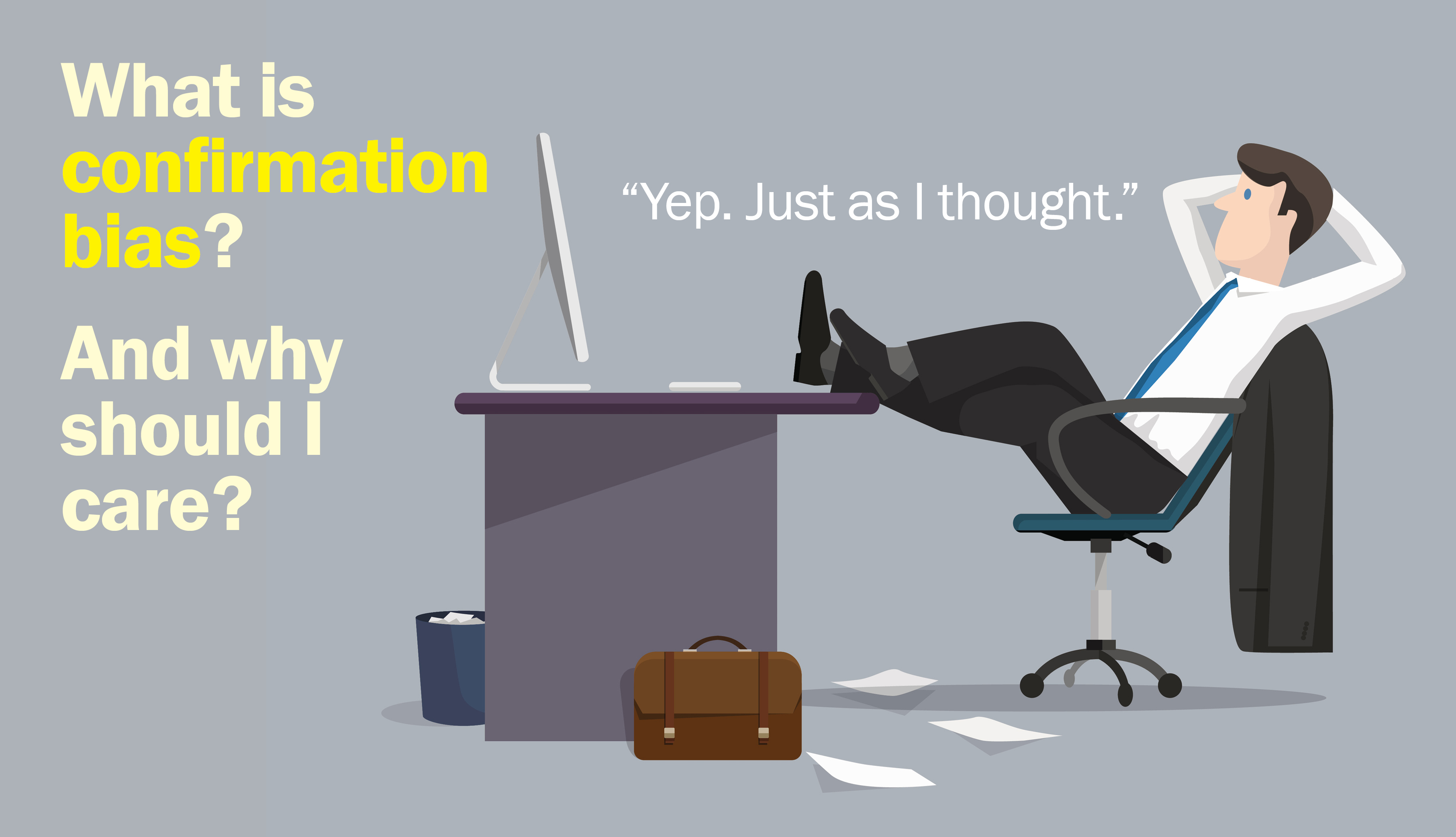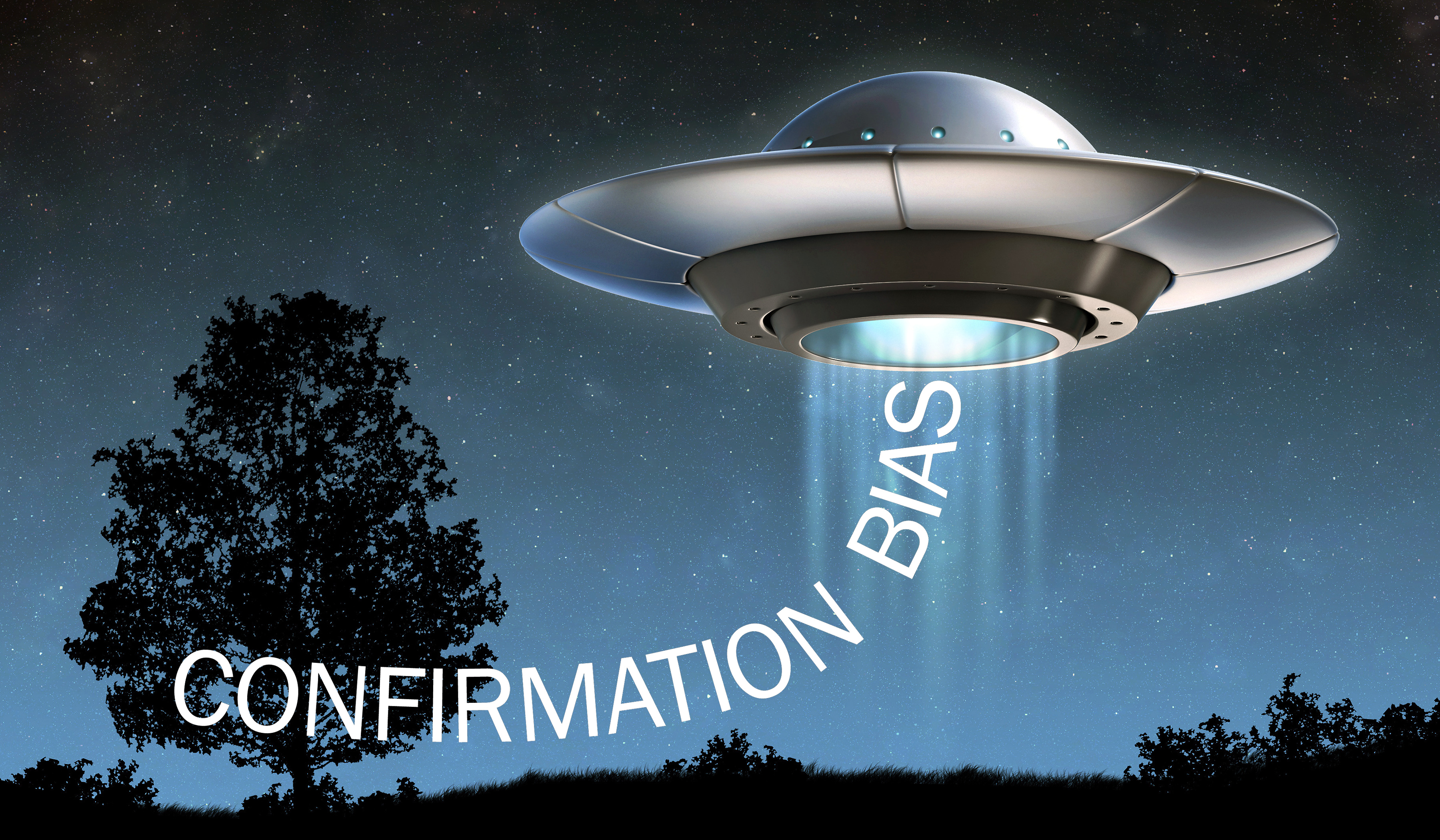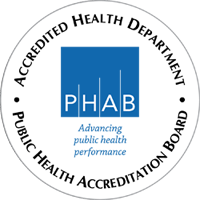
According to the Oxford English Dictionary, confirmation bias is the tendency to interpret new evidence as confirmation of one’s existing beliefs or theories. In other words, we humans like being right, and we gravitate to information that “proves” we’re right. In fact, confirmation bias also means we might even dismiss good information because it goes against our beliefs.

Here’s an example. Let’s say you believe aliens have visited Earth. If you were looking for information about aliens, you might do a Google search for “proof aliens have been here” or “aliens visiting Earth” or “UFO sightings.” All of these searches, written in this way, are likely to present you with information, blogs, photos, etc. that suggest little green men have been here. Before you’ve even searched for information, your confirmation bias affected the type of search results you found. A more unbiased search might include phrases like “extraterrestrial life,” “intelligent alien life” or just “have aliens visited Earth?” If you come across information that goes against your ideas, ask yourself if you’re likely to give it the same attention as the information that is in line with what you believe.
Another example can be found on social media. Do you find yourself unfollowing, unfriending or hiding posts that go against your beliefs? Many of us have done this at some point, but this is an example of confirmation bias and how it can also affect what information we’re even willing to read, much less accept.
While it may be impossible for humans to eliminate all bias, there are steps you can take to help keep your bias in check (Researchers have a much more elaborate process, i.e., the scientific method, but the following may be helpful for the purpose of this guide.):
- Be aware
Just being aware of confirmation bias is a good first step in keeping it in check. - Repetition is not “proof”
Just because you hear something over and over doesn’t mean it’s true. This is a common and sometimes effective tactic you’ll see some folks using online. Be aware of this, look for the facts behind the statements and seek more information. - Consider the opposite
This is in line with the first step, but try challenging yourself by imagining the “other side” is right. Just imagining this may help you be more objective and unbiased, and may help you weigh all the information in a more fair and impartial manner. - Slow down
Ask yourself if you’re believing an article because it confirms what you already believe. If you haven’t looked for any of the common red flags (click here) and you’ve already bought in to the article hook, line and sinker, slow down. Pause and look for red flags. - Seek a range of sources
And not just those that support your existing beliefs. - Step out of your bubble
In today’s social media-dominated world, we tend to live in bubbles of similar people with similar views. While it can be comforting to have those close allies, it can foster confirmation bias. Keep your close friends, but don’t be afraid to also listen to different perspectives. - Be open to new information
Bottom line: Be aware of confirmation bias. Be aware that some online contributors are excellent at exploiting confirmation biases to spread health misinformation. Seek more information from trusted sources and, of course, always consult a health care professional when in doubt.
“Whether a news item, either substantiated or not, is accepted as true by a user may be strongly affected by social norms or by how much it coheres with the user’s system of beliefs (32, 33). Many mechanisms cause false information to gain acceptance, which in turn generate false beliefs that, once adopted by an individual, are highly resistant to correction (34–37).”*
*Source: Del Vicario, M., Bessi, A., Zollo, F., Petroni, F., Scala, A., Caldarelli, G., … Quattrociocchi, W. (2016). The spreading of misinformation online. Proceedings of the National Academy of Sciences of the United States of America, 113(3), 554–559.


Click here to leave a comment or concern.